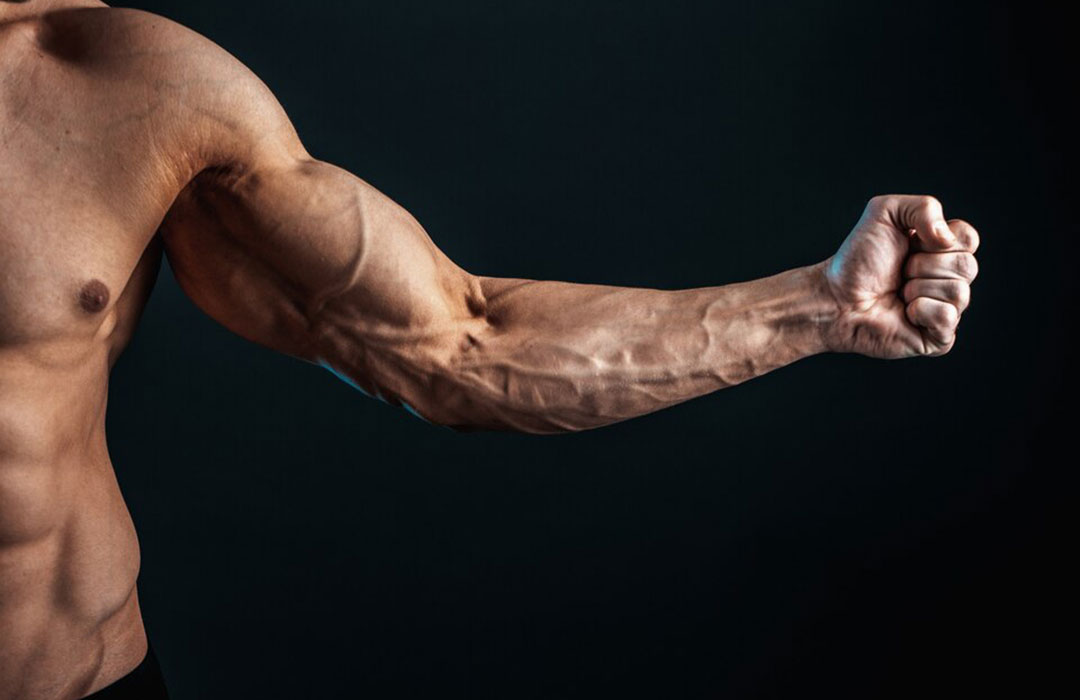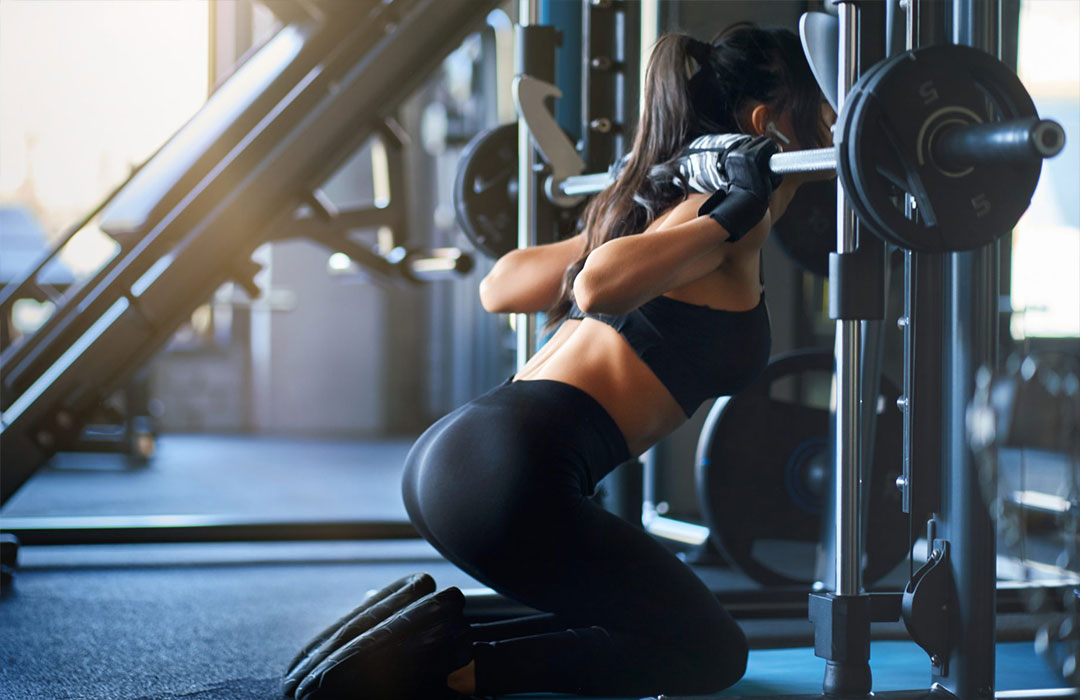Introduction
What muscles are used in arm wrestling? It’s a question that many people ask when they’re curious about the physical demands of this popular sport. Arm wrestling requires strength and specific muscle groups to perform powerful motions. The primary muscles used in arm wrestling are the biceps, brachialis, brachioradialis, and forearm flexor muscles. In this article, we will break down the muscles used in arm wrestling, delve into the mechanics of the sport, explore its benefits, and answer some common questions related to arm wrestling.
The Role of the Forearm Muscles
In arm wrestling, the forearm muscles play a crucial role in generating force and controlling the movement of the arm. The primary muscles in forearm rotation are the pronator teres and supinator muscles. These muscles enable the arm wrestler to rotate their forearm inward (pronation) or outward (supination) during the match, allowing for better leverage and control.
The Importance of the Biceps
The biceps brachii, commonly known as the biceps, are essential muscles in arm wrestling. These muscles are located in the upper arm and are responsible for flexing the elbow joint. When arm wrestling, the biceps are engaged during the pulling motion, helping to generate power and overcome the opponent’s resistance.
The Power of the Brachialis
The brachialis muscle underneath the biceps is another crucial muscle in arm wrestling. It assists in elbow flexion and contributes significantly to the pulling strength. The brachialis plays a vital role in maximizing the force applied by the biceps, allowing arm wrestlers to exert greater power.
The Contribution of the Deltoids
The deltoid muscles, commonly known as the shoulders, are heavily involved in arm wrestling. These muscles provide stability and control during the match. The deltoids coordinate with other muscle groups to generate force and maintain proper arm alignment, enabling arm wrestlers to resist their opponent’s force.
The Significance of the Pectoral Muscles
The pectoral muscles, or the chest muscles, are important for arm wrestling. These muscles are engaged when arm wrestlers push or resist their opponent’s force. The pectorals provide stability and assist in maintaining a strong position during the match.
The Role of the Latissimus Dorsi
The latissimus dorsi, commonly called the lats, are large muscles in the back. These muscles play a crucial role in arm wrestling as they are responsible for the adduction and extension of the arm. The lats contribute to the arm wrestler’s pulling strength and overall power.
The Strength of the Triceps
The triceps brachii, located at the back of the upper arm, are vital muscles in arm wrestling. These muscles are engaged during pushing, providing the necessary power to overcome the opponent’s resistance. Strong triceps are essential for arm wrestlers to maintain control and exert force.
The Engagement of the Wrist and Hand Muscles
In arm wrestling, the wrist and hand muscles are of utmost importance. These muscles, including the flexor and extensor muscles of the forearm, contribute to grip strength and control. A strong grip is crucial for arm wrestlers to hold their position and resist the opponent’s force.
The Core Muscles in Arm Wrestling
The core muscles, including the abdominal, obliques, and lower back muscles, provide stability and generate power during arm wrestling. These muscles help transfer force from the lower body to the upper body, enhancing arm wrestlers’ overall strength and performance.
The Function of the Shoulder Muscles
Apart from the deltoids, several other muscles in the shoulder region are involved in arm wrestling. The rotator cuff muscles, such as the infraspinatus, supraspinatus, teres minor, and subscapularis, stabilize the shoulder joint and assist in arm movements. Strong and stable shoulders are crucial for optimal performance and injury prevention.
The Role of the Back Muscles
In addition to the latissimus dorsi, other back muscles, including the rhomboids, trapezius, and erector spinae, contribute to arm wrestling. These muscles provide support and stability to the upper body, enabling arm wrestlers to maintain a strong position and resist their opponent’s force.
The Importance of Leg Muscles in Arm Wrestling
Although arm wrestling primarily involves upper body strength, leg muscles also provide a stable base and balance during the match. The quadriceps, hamstrings, and gluteal muscles generate force from the lower body and transfer it to the upper body.
The Contribution of the Abdominal Muscles
The abdominal muscles, including the rectus abdominis, obliques, and transverse abdominis, contribute to overall core stability during arm wrestling. These muscles help maintain proper posture, resist external forces, and transmit power from the lower body to the upper body.
The Power of the Glutes
The gluteal muscles, including the gluteus maximus, medius, and minimus, generate power and stability during arm wrestling. Strong glutes assist in hip extension and provide a solid foundation for arm wrestlers to exert force.
The Engagement of the Hip Flexors
The hip flexor muscles, including the iliopsoas and rectus femoris, play a role in arm wrestling by pulling and pushing. These muscles generate force from the lower body and transfer it to the upper body.
The Role of the Quadriceps
The quadriceps at the front of the thigh provide strength and stability during arm wrestling. These muscles assist in leg extension and contribute to lower body power, which is important for maintaining balance and generating force.
The Function of the Hamstrings
The hamstrings at the back of the thigh also contribute to arm wrestling performance. These muscles assist in leg flexion and provide stability during the match. Strong hamstrings help arm wrestlers maintain a balanced stance and resist their opponent’s force.
The Contribution of the Calves
The calf muscles, including the gastrocnemius and soleus, assist in arm wrestling by providing stability and balance. These muscles help maintain a solid base and prevent the arm wrestler from being pushed off balance.
The Importance of Grip Strength
In arm wrestling, grip strength is crucial for success. Apart from the muscles in the forearm, the finger flexors, extensors, and intrinsic hand muscles contribute to grip strength. These muscles enable arm wrestlers to hold onto their opponent’s hand firmly and maintain control during the match.
The Role of Training in Developing Arm Wrestling Muscles
Engaging in specific training exercises that target the relevant muscles is essential to excel in arm wrestling. Resistance training, focusing on the abovementioned muscles, can help increase strength, power, and endurance. Arm wrestlers should also incorporate grip training exercises and conditioning to enhance their performance.
Frequently Asked Questions (FAQs)
Now, let’s address some frequently asked questions related to the muscles used in arm wrestling:
-
What is the most important muscle in arm wrestling?
Forearm flexor muscles are key in arm wrestling, generating power, control, and wrist stability. The upper arm, shoulder, and back muscles are also important. Well-rounded training is vital.
-
Does arm wrestling prove strength?
Arm wrestling is a test of strength but is not the sole indicator of overall strength. Arm wrestlers require specific strength in the muscles involved, such as the arms, shoulders, and core. However, other factors like technique, leverage, and strategy influence arm wrestling outcomes
-
Does arm wrestling help build muscle?
Arm wrestling engages various muscles and can contribute to muscle development, especially in the arms, shoulders, and core. However, a comprehensive strength training program that includes exercises targeting all major muscle groups is recommended to build muscle effectively.
-
What kind of strength is arm wrestling?
Arm wrestling requires a combination of isometric, concentric, and eccentric strength. Isometric strength is necessary to maintain a stable position, while concentric and eccentric strength is involved in the pushing and pulling motions during arm wrestling.
-
Why are arm wrestlers so strong?
Arm wrestlers are strong due to genetics, specific training targeting arm wrestling muscles, and years of experience in the sport. Arm wrestlers develop strength, power, and technique through dedicated training and competition.
-
What muscles need to be strong to win an arm wrestle?
To win an arm wrestle, the key muscles that need to be strong include the biceps, forearms, lats, triceps, and wrist and hand muscles. These muscles provide the strength and stability to overcome the opponent’s force and maintain control during the match.
Conclusion
Arm wrestling is a sport that requires a specific set of muscles to perform at a high level. The biceps, forearms, lats, triceps, wrist, and hand muscles, and several other muscle groups generate power, stability, and control during an arm wrestling match. Training and conditioning these muscles and developing grip strength are essential for arm wrestlers to excel in the sport. Remember to consult a qualified trainer or coach to design a safe and effective training program targeting the specific muscles used in arm wrestling.




